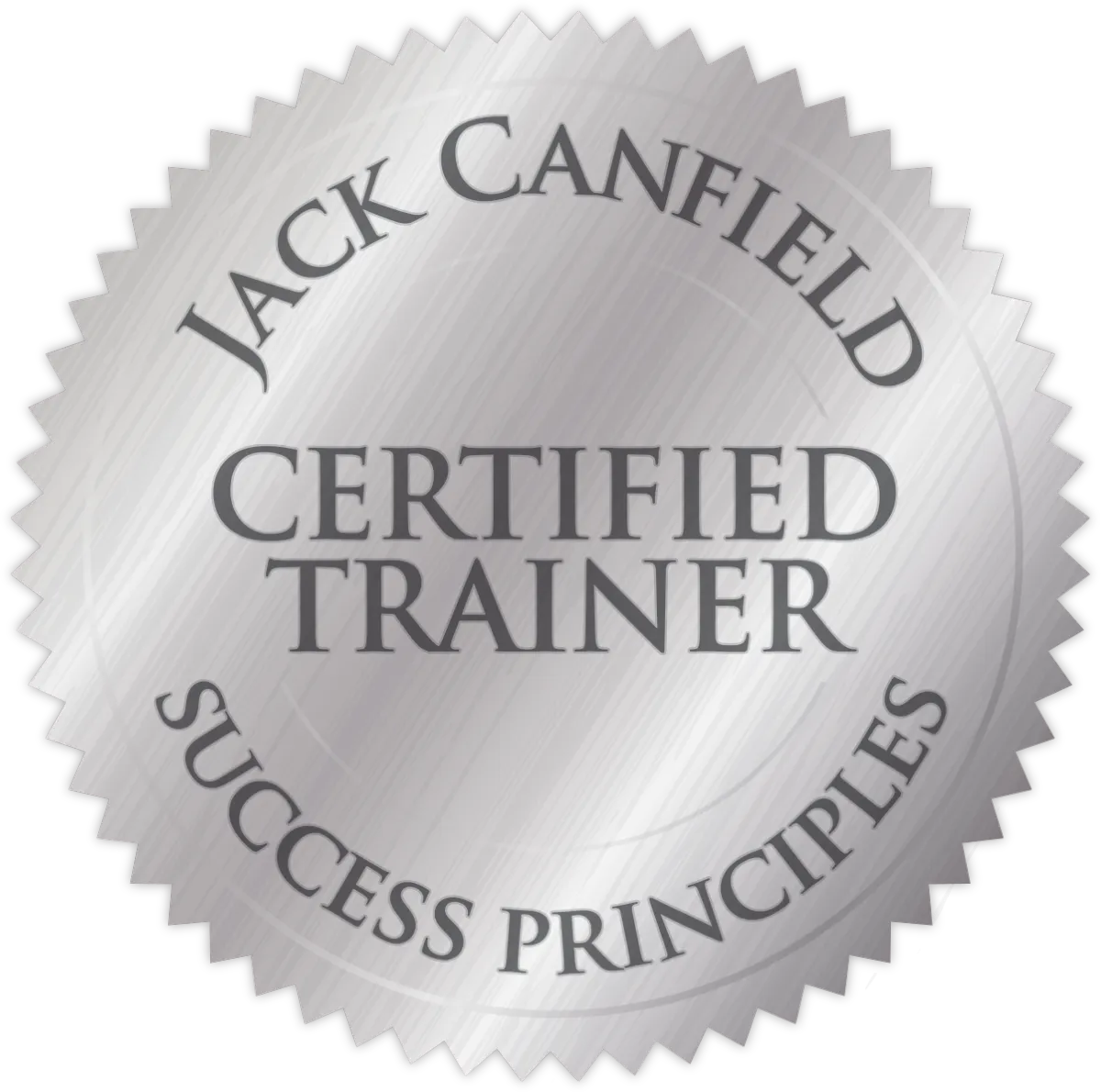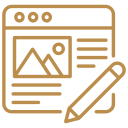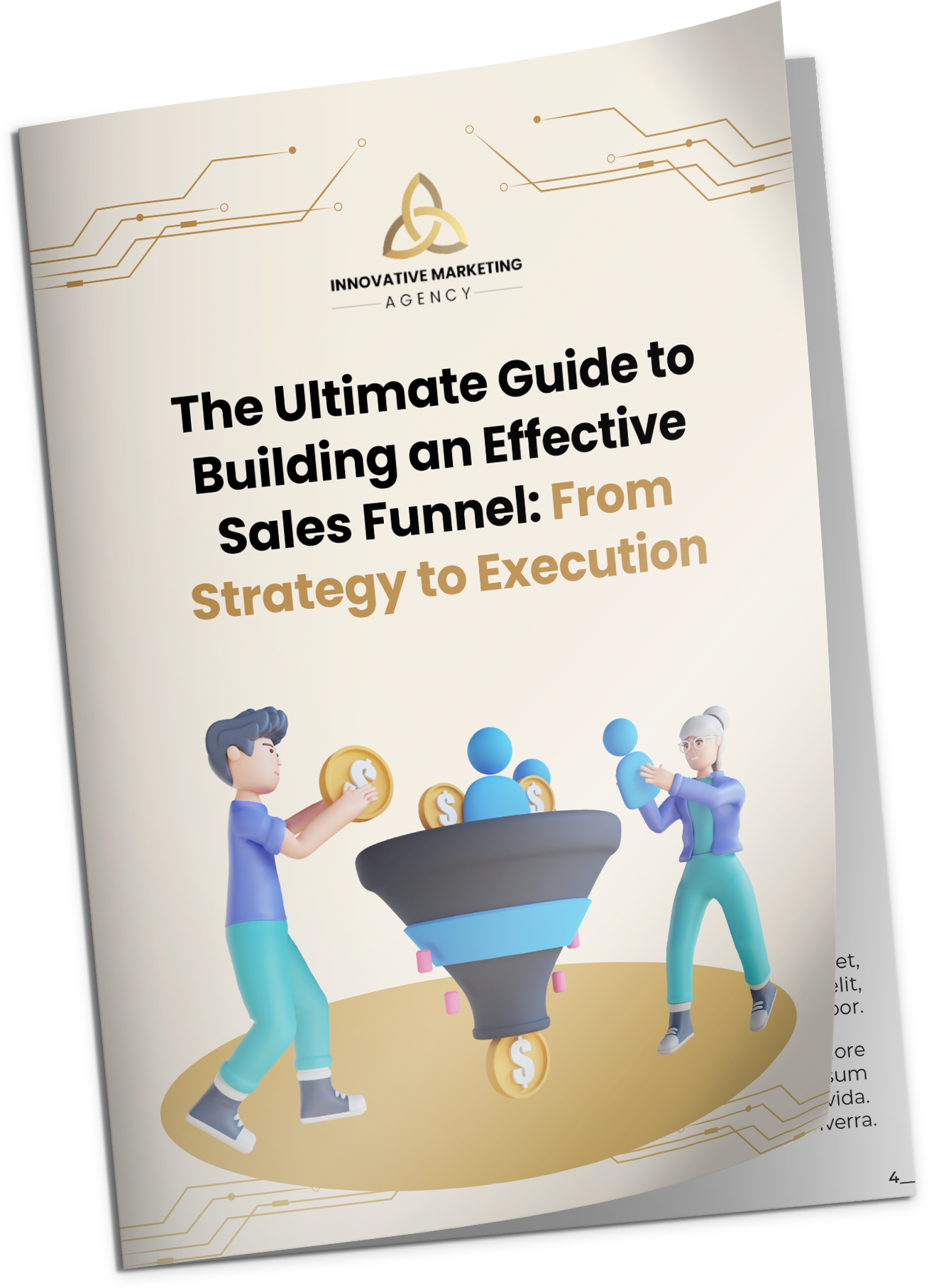Watch The Journey
BLOG
How to Create a High-Converting Sales Funnel from Scratch: Step-by-Step Guide
Wednesday, August 21, 2024
Jeremy Coates
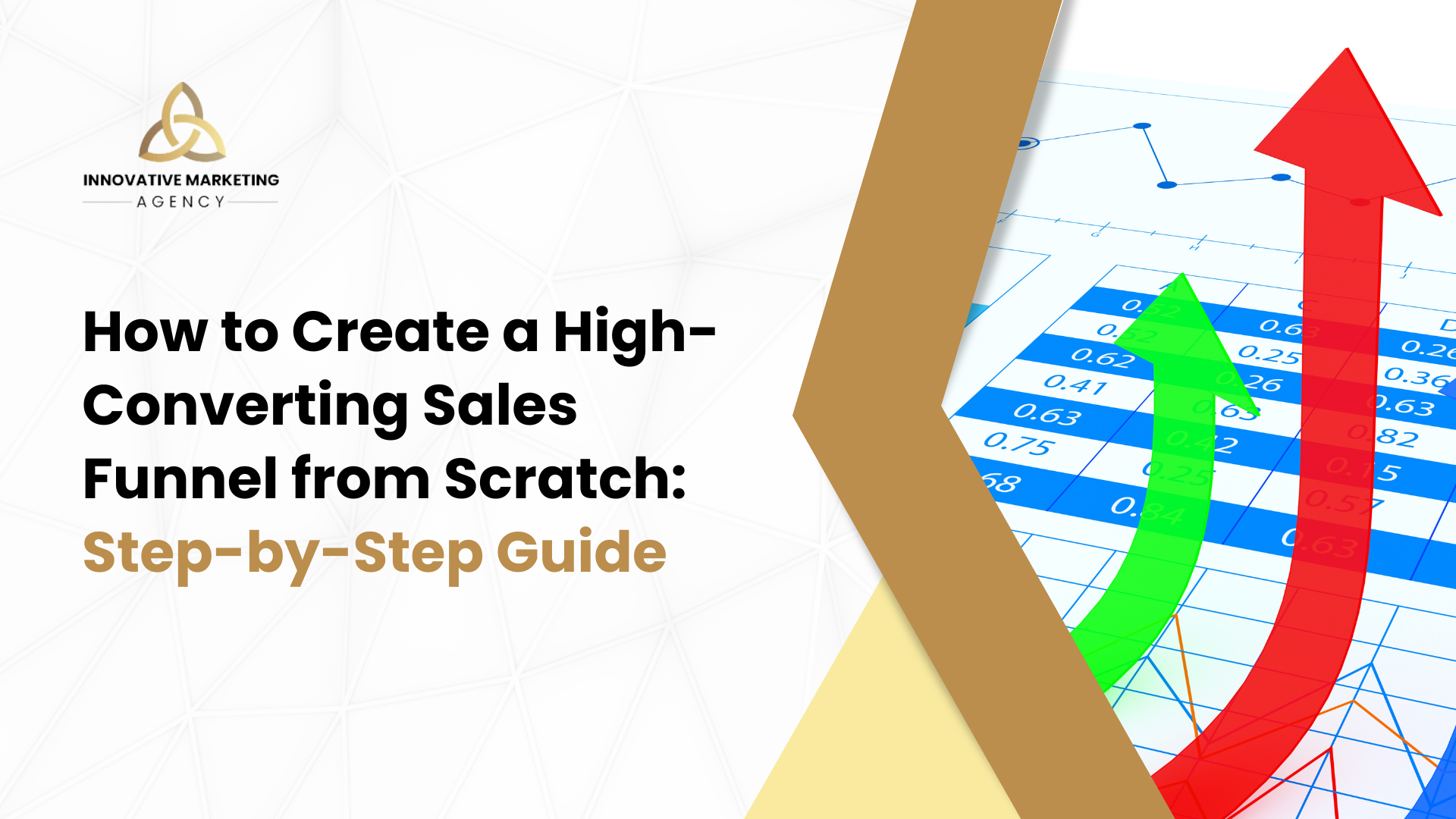
Introduction
Are you struggling to convert leads into loyal customers? You’re not alone. Many business owners and entrepreneurs face the same challenge: getting potential customers to move from initial interest to making a purchase. The good news is that a well-structured sales funnel can be the key to unlocking higher conversions and driving business growth.
In this comprehensive guide, we’ll walk you through the process of creating a high-converting sales funnel from scratch. You’ll learn everything from understanding the basics to advanced techniques that can optimize your funnel for better performance. Whether you’re just starting or looking to improve an existing funnel, this step-by-step guide will provide the strategies, tools, and tips you need to succeed.
By the end of this guide, you’ll have a clear understanding of how to build a sales funnel that not only attracts leads but also converts them into paying customers. Let’s get started on your journey to mastering the art of sales funnels.
Section 1: Understanding the Basics of Sales Funnels
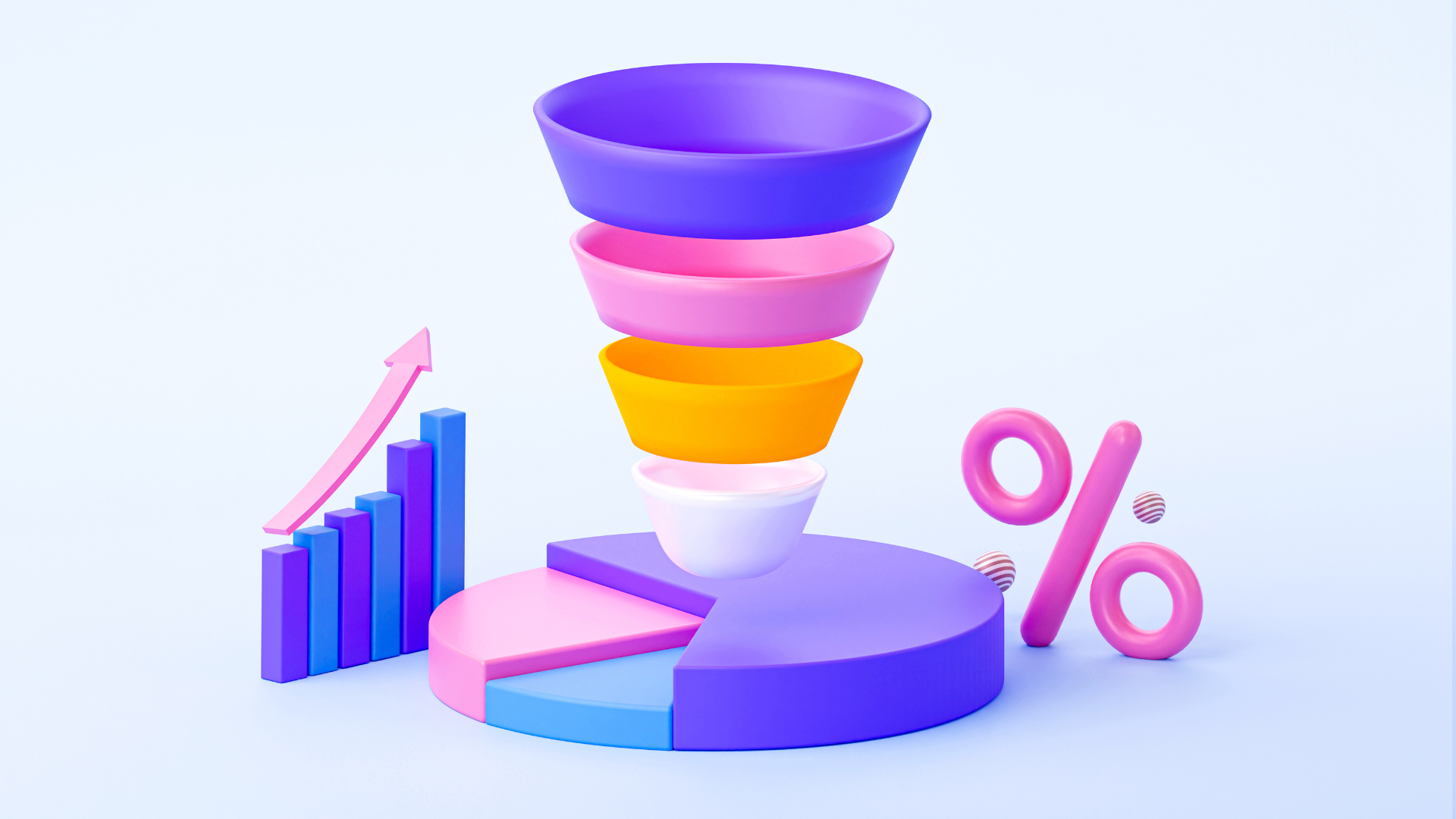
A sales funnel is a marketing model that represents the journey potential customers go through from their first interaction with your brand to making a purchase and beyond. Think of it as a funnel because it starts wide at the top, capturing a broad audience, and narrows down as only the most interested and engaged prospects move closer to conversion.
Definition
At its core, a sales funnel is a series of steps designed to guide prospects through the buying process. These steps typically include awareness, interest, decision, and action. As prospects move through the funnel, the number of people decreases, hence the funnel shape.
Importance
Understanding and implementing a sales funnel is crucial for any business aiming to maximize its marketing efforts. A well-structured funnel helps you focus your resources on the most promising leads, ensuring that you’re not wasting time and money on prospects who are unlikely to convert. It also provides a clear framework for tracking and optimizing the customer journey, leading to more efficient and effective marketing strategies.
Key Concepts
Awareness: The top of the funnel (TOFU) is all about capturing attention. At this stage, potential customers are just becoming aware of your brand or product. This is where you attract the broadest audience through content marketing, social media, SEO, and paid ads.
Interest: In the middle of the funnel (MOFU), you start to engage with your audience more deeply. Prospects who are interested in your offer will seek out more information. This stage involves nurturing leads through targeted content, webinars, and email marketing that address their specific needs and pain points.
Decision: The bottom of the funnel (BOFU) is where prospects are ready to make a purchase decision. At this stage, your goal is to provide compelling offers, detailed product information, and strong calls to action that persuade them to buy.
Action: This is the final stage, where the prospect takes the desired action, whether it’s making a purchase, signing up for a service, or booking a consultation. The funnel doesn’t end here, though—post-purchase follow-up and retention strategies are crucial for turning buyers into repeat customers and brand advocates.
Understanding these stages and how they interconnect is the first step in creating an effective sales funnel. With this foundation, you’re ready to move on to the practical steps of building your funnel from scratch.
Section 2: Getting Started with Sales Funnels
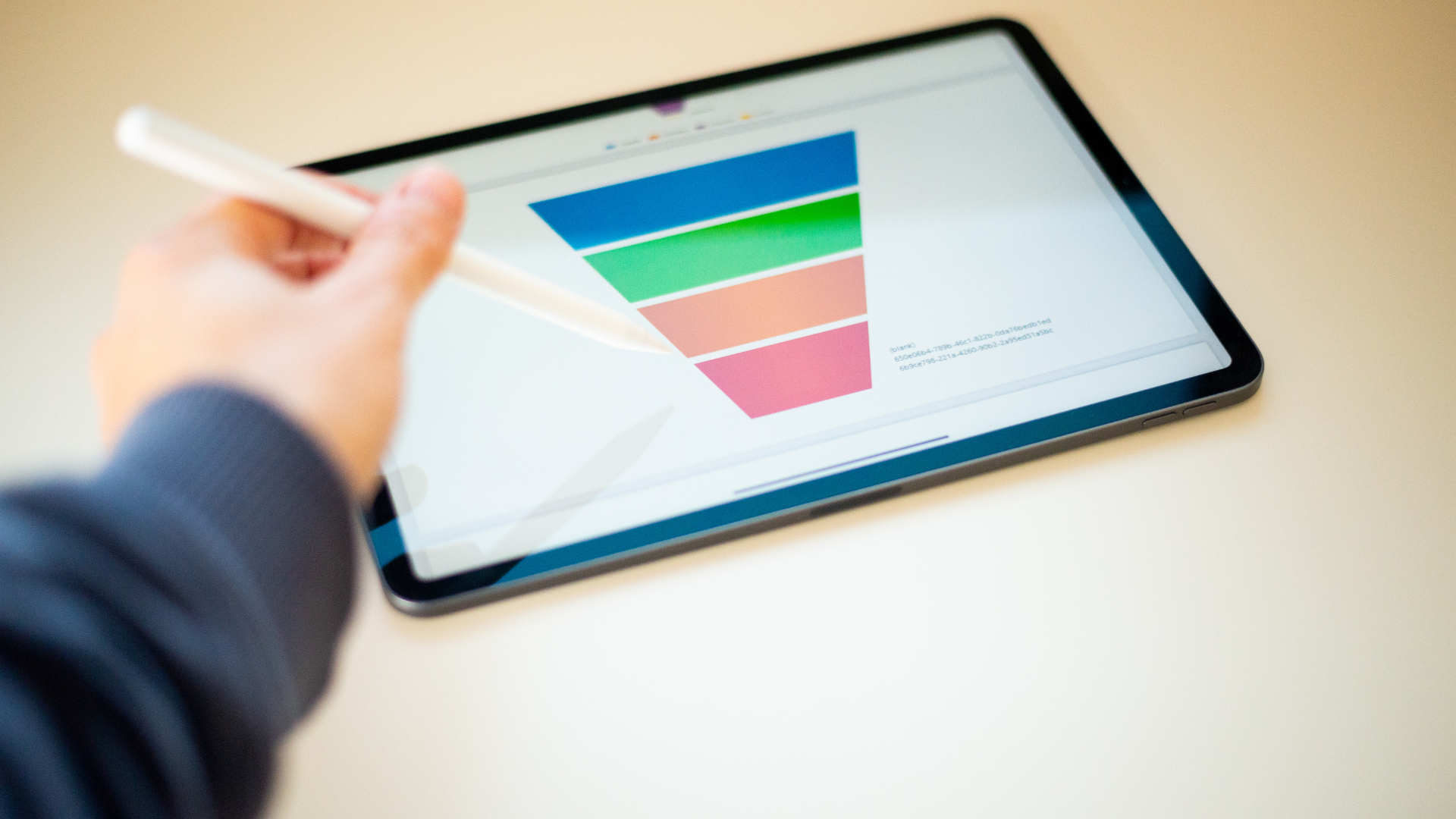
Now that you understand the basics of a sales funnel, it’s time to dive into the practical aspects of building one. Creating a sales funnel from scratch may seem daunting, but by breaking it down into manageable steps, you can develop a funnel that effectively guides prospects toward conversion.
Step-by-Step Guide:
Identify Your Target Audience: Before you start building your funnel, it’s essential to have a clear understanding of who your ideal customers are. This involves creating detailed buyer personas that represent different segments of your target audience. Consider their demographics, pain points, buying behaviors, and motivations. The more precise you are in defining your audience, the more tailored and effective your funnel will be.
Define Your Core Offer: Your core offer is the primary product or service you want to sell through your funnel. It should solve a significant problem for your target audience and provide substantial value. Think about what makes your offer unique and why your audience should choose you over competitors. This value proposition will be the driving force behind your entire funnel.
Create a Lead Magnet: A lead magnet is a free resource or offer that attracts potential customers and encourages them to provide their contact information. This is the first step in moving prospects into your funnel. Effective lead magnets are closely related to your core offer and address a specific pain point of your audience. Examples include eBooks, checklists, webinars, and free trials.
Design Your Funnel Stages: With your lead magnet in place, it’s time to map out each stage of your funnel. Start with the awareness stage, where you’ll use content and ads to drive traffic to your lead magnet. From there, outline how you’ll nurture these leads through the interest stage, perhaps with a series of automated emails, and finally, how you’ll present your core offer during the decision stage.
Set Up Tracking and Analytics: To ensure your funnel is performing as expected, it’s crucial to set up tracking and analytics from the start. Tools like Google Analytics, Hotjar, and your CRM’s built-in analytics can help you monitor key metrics such as conversion rates, bounce rates, and customer acquisition costs. Regularly reviewing this data will allow you to identify weak points in your funnel and make necessary adjustments.
Tools and Resources:
Landing Page Builders: Platforms like Unbounce and Leadpages offer easy-to-use tools for creating high-converting landing pages that capture leads and move them through your funnel.
Email Marketing Software: Mailchimp and ActiveCampaign are great options for setting up automated email sequences that nurture leads and guide them toward making a purchase.
Analytics Tools: Google Analytics provides detailed insights into user behavior on your website, while tools like Hotjar offer heatmaps and session recordings to help you understand how visitors interact with your funnel.
Tips for Beginners:
Start Simple: Don’t overcomplicate your first sales funnel. Focus on creating a basic structure that you can build on over time.
Test with a Small Audience: Before launching your funnel to a broad audience, test it with a smaller segment to identify any issues and make improvements.
Use Templates: Many funnel-building tools offer templates that can save you time and provide a solid foundation for your funnel design.
With these steps and tools, you’re well on your way to creating a sales funnel that drives results. Next, we’ll explore advanced strategies to take your funnel to the next level.
Section 3: Advanced Techniques and Strategies
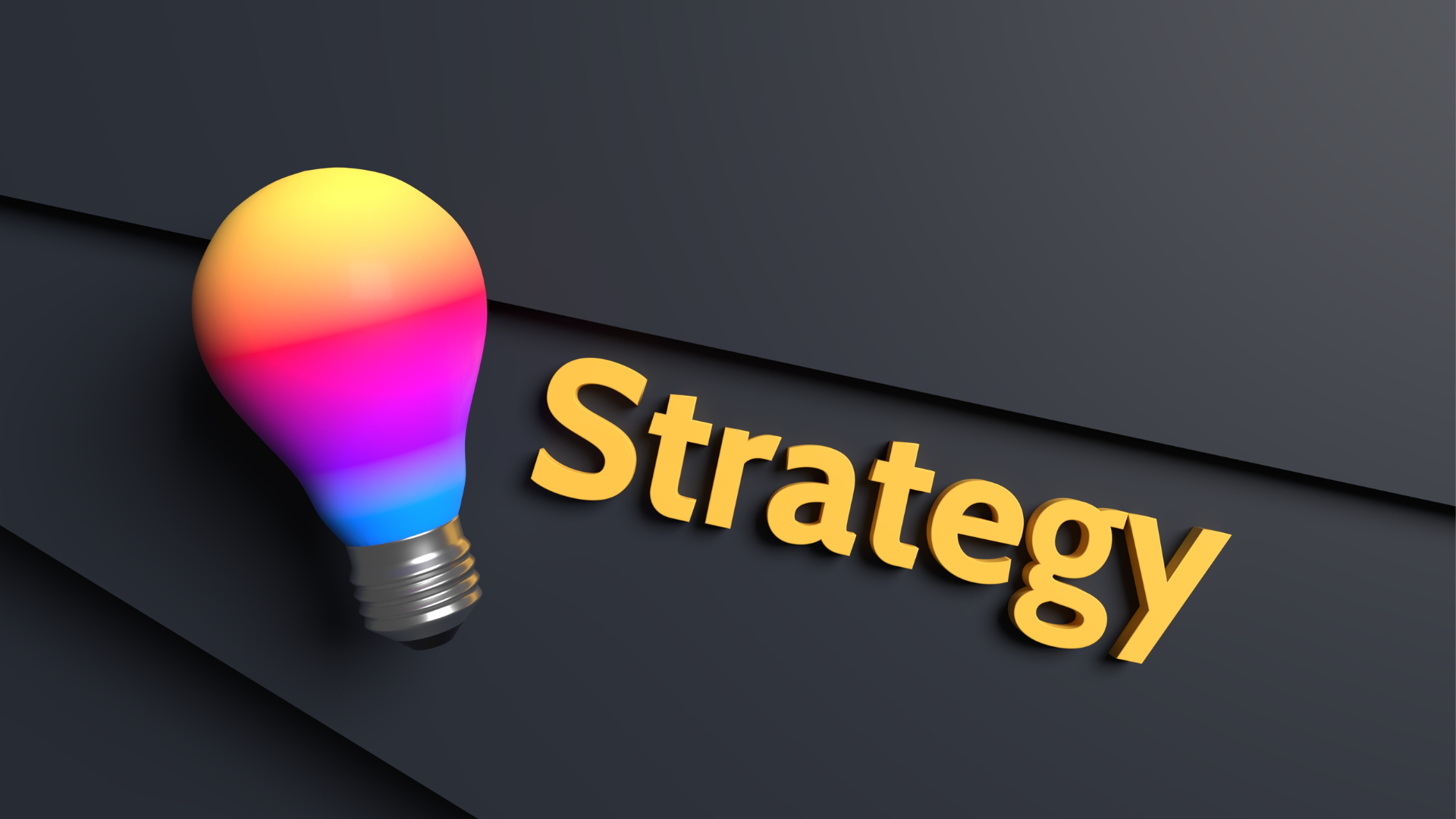
Once you’ve built the basic structure of your sales funnel, it’s time to explore advanced techniques that can significantly enhance its performance. These strategies focus on optimizing each stage of the funnel to ensure higher conversion rates and better overall results.
Deep Dive:
A/B Testing: One of the most effective ways to improve your sales funnel is through A/B testing, also known as split testing. This involves creating two versions of a particular element in your funnel—such as a landing page, email subject line, or call to action—and testing them against each other to see which performs better. For example, you might test two different headlines on your landing page to determine which one generates more sign-ups. A/B testing allows you to make data-driven decisions that optimize your funnel for higher conversions.
Automation: Marketing automation is a powerful tool for scaling your sales funnel without sacrificing personalization. By automating repetitive tasks like email sequences, follow-ups, and lead scoring, you can focus on more strategic aspects of your business. Tools like ActiveCampaign, HubSpot, and Mailchimp offer robust automation features that can help you segment your audience, deliver personalized content, and move leads through your funnel more efficiently.
Segmentation: Not all leads are the same, and treating them as such can limit your funnel’s effectiveness. Segmentation involves dividing your audience into smaller groups based on specific criteria, such as behavior, demographics, or purchase history. By tailoring your messaging and offers to each segment, you can increase engagement and conversion rates. For example, you might create separate email sequences for new leads versus returning customers, or for prospects who have shown interest in a particular product category.
Case Studies:
Company A: A SaaS company implemented A/B testing on their webinar registration page and increased conversions by 35%. They tested two different headlines—one focused on the pain point of missing out on industry trends, and the other on the benefits of learning new skills. The latter outperformed the former, leading to more sign-ups and higher attendance rates.
Company B: An e-commerce business used marketing automation to segment their audience based on browsing behavior. By sending personalized product recommendations to leads who had shown interest in specific categories, they achieved a 3x return on investment (ROI) and significantly increased their average order value.
Expert Tips:
Use Scarcity and Urgency: Creating a sense of urgency can be a powerful motivator for prospects to take action. Limited-time offers, countdown timers, and low-stock alerts are all effective ways to encourage immediate conversions.
Maintain Consistent Messaging: Your messaging should be consistent across all stages of the funnel, from your initial ads and content to your emails and sales pages. This consistency helps build trust and reinforces your value proposition.
Continuously Optimize: A successful sales funnel is never truly “finished.” Continuously monitor your funnel’s performance, make adjustments based on data, and stay open to experimenting with new strategies and tools.
By applying these advanced techniques, you can take your sales funnel to the next level and drive even better results. But as with any marketing strategy, there are potential pitfalls to be aware of. In the next section, we’ll discuss common mistakes to avoid when building and optimizing your funnel.
Section 4: Common Pitfalls and How to Avoid Them

Even the most well-designed sales funnels can encounter challenges. Recognizing and avoiding common pitfalls can save you time, money, and frustration, and help ensure that your funnel delivers the best possible results.
List of Pitfalls:
Overcomplicating the Funnel: One of the biggest mistakes businesses make is creating a sales funnel that’s too complex. While it’s important to guide prospects through the buying process, too many stages, options, or distractions can overwhelm them and lead to higher drop-off rates. Simplicity is key—each stage of the funnel should have a clear purpose and a single call to action.
Neglecting Mobile Optimization: With more than half of all web traffic coming from mobile devices, failing to optimize your sales funnel for mobile can be a costly mistake. If your landing pages, forms, or checkout process aren’t mobile-friendly, you risk losing a significant portion of your audience. Ensure that your entire funnel is responsive and provides a seamless experience on all devices.
Not Following Up: Many businesses focus heavily on the initial stages of the funnel but neglect follow-up after a lead has shown interest or made a purchase. Without consistent follow-up, you may miss out on opportunities to nurture leads, address objections, and encourage repeat purchases. Automated email sequences, retargeting ads, and personalized content are all effective ways to keep prospects engaged and moving through the funnel.
Solutions:
Simplify Your Funnel: Review each stage of your funnel and ask yourself if it’s necessary. Eliminate any steps that don’t add value or that could create friction for the prospect. Focus on guiding leads through the funnel as efficiently as possible.
Optimize for Mobile: Use responsive design for all landing pages, forms, and checkout processes. Test your funnel on various devices and screen sizes to ensure a smooth user experience. Consider implementing mobile-specific features like click-to-call buttons and simplified navigation.
Implement Follow-Up Strategies: Set up automated follow-up sequences that trigger based on user actions, such as downloading a lead magnet or adding an item to their cart. Personalize your follow-up content to address specific pain points and encourage further engagement. For example, you might send a discount code to leads who abandoned their cart or offer additional resources to those who downloaded your guide.
Examples:
Pitfall 1: A company with a multi-step checkout process saw a significant drop in conversions due to the complexity and length of the process. After simplifying the checkout to a single page with fewer fields, they reduced cart abandonment and increased sales by 25%.
Pitfall 2: An online retailer’s website was fully optimized for desktop users but not for mobile. As a result, they were losing potential sales from mobile users who found the site difficult to navigate. After implementing a responsive design and optimizing for mobile, they saw a 40% increase in mobile conversions.
Pitfall 3: A B2B company that only sent a single follow-up email after a lead downloaded their whitepaper noticed a high rate of drop-off. By adding a series of nurturing emails with additional resources and a call to book a demo, they increased their conversion rate by 15%.
By being aware of these common pitfalls and taking proactive steps to avoid them, you can create a more effective and resilient sales funnel. In the final section, we’ll explore resources that can help you continue learning and refining your funnel strategy.
Section 5: Resources for Continued Learning
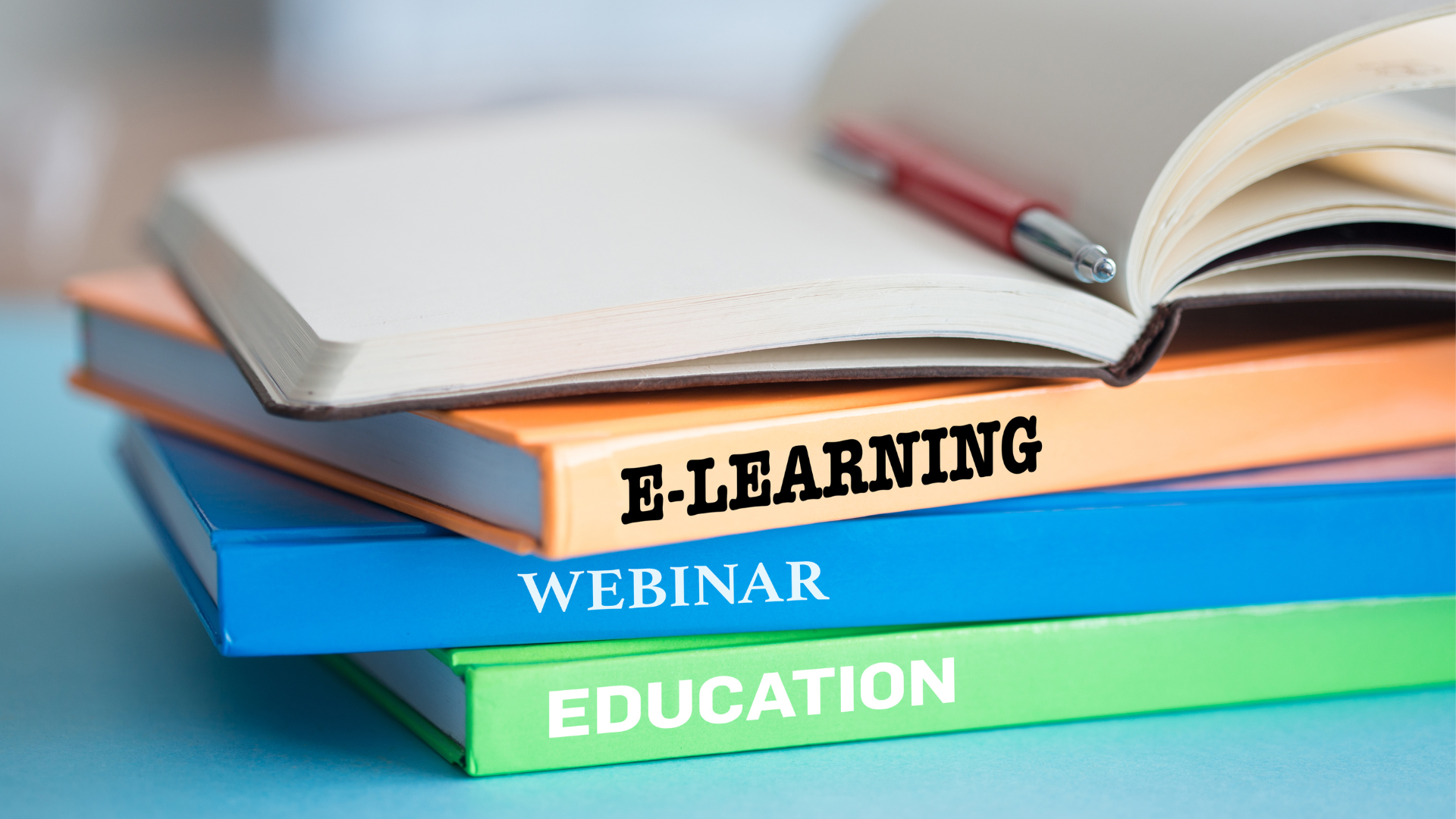
Building and optimizing a sales funnel is an ongoing process that requires continuous learning and adaptation. Fortunately, there are plenty of resources available to help you deepen your understanding and stay ahead of the curve.
Books:
1. "DotCom Secrets" by Russell Brunson: This book is a must-read for anyone serious about mastering sales funnels. It provides a comprehensive overview of funnel strategies, along with actionable steps for building and optimizing your funnel to drive traffic and sales.
2. "The Funnel Hacker’s Cookbook" by Russell Brunson: Packed with funnel recipes and strategies, this book is perfect for those looking to experiment with different types of funnels. It offers step-by-step instructions and templates that you can use to create high-converting funnels for various business models.
Websites:
1. ClickFunnels Blog: The ClickFunnels blog is a valuable resource for the latest tips, tricks, and strategies related to sales funnels. It covers a wide range of topics, from funnel design and optimization to traffic generation and conversion techniques.
2. HubSpot Blog: HubSpot’s blog offers in-depth articles on digital marketing strategies, including sales funnels. It’s a great resource for learning about new trends, best practices, and case studies from leading marketers.
Courses and Workshops:
1. Funnel University: This online course offers advanced training on funnel strategies and techniques. It’s ideal for marketers and entrepreneurs who want to take their funnel-building skills to the next level. The course includes video tutorials, case studies, and templates that you can use to create effective funnels for your business.
2. Digital Marketer Workshops: Digital Marketer offers a variety of workshops that cover different aspects of digital marketing, including sales funnels. These hands-on training sessions are designed to help you apply what you’ve learned and see immediate results.
Additional Resources:
Podcasts: Tune in to marketing podcasts like "Marketing Secrets" by Russell Brunson or "The Smart Passive Income Podcast" by Pat Flynn to hear from industry experts about the latest strategies and trends in sales funnels.
YouTube Channels: Channels like "ClickFunnels" and "Digital Marketer" offer video tutorials and case studies that provide practical insights into funnel building and optimization.
By taking advantage of these resources, you can continue to refine your funnel strategy and stay up to date with the latest developments in digital marketing. Remember, the more you learn and apply, the more effective your sales funnel will become.
Conclusion:
Creating a high-converting sales funnel from scratch is a powerful way to drive business growth, but it requires careful planning, continuous optimization, and a willingness to learn. In this guide, we’ve covered everything from understanding the basics of sales funnels to advanced techniques and common pitfalls to avoid.
To recap, a successful sales funnel starts with a clear understanding of your target audience and a well-defined core offer. From there, you can create a lead magnet that attracts prospects into your funnel and guide them through each stage with targeted content, personalized offers, and strategic follow-ups. Advanced techniques like A/B testing, automation, and segmentation can further enhance your funnel’s performance and drive better results.
As you implement these strategies, remember that a sales funnel is not a one-time setup—it’s a dynamic process that requires ongoing testing, learning, and improvement. The more you optimize your funnel, the more effectively it will convert leads into loyal customers.
Join The
Innovative Marketing Pro
15 Days FREE Trial!

You Pay $0 Today
You Won't be charged until Free Trial Ends
No Commitment, Cancel Anytime
As a reminder we will email you 7 days before Trial Ends
Recent Posts
Understanding the Customer Value Journey: A Complete Guide
How to Maximize ROI from Paid Ads on Facebook, Instagram, and Google Ads: Tips and Strategies
Crafting High-Impact Content Marketing Strategies
10 Direct Response Copywriting Tips to Boost Conversions
Building Effective Lead and Sales Funnels: A Step-by-Step Guide
Building Strong Online Communities: Best Platforms and Practices"
Boost Your Lead Quality: 10 AI-Powered Lead Generation Strategies
Ready to take your sales funnel to the next level?
Download our Ultimate Guide to Building an Effective Sales Funnel
Ready to take your sales funnel to the next level? Download our Ultimate Guide to Building an Effective Sales Funnel and start optimizing your funnel today! This comprehensive guide will provide you with even more strategies, tools, and tips to help you build a sales funnel that drives conversions and grows your business.
Join The
Innovative Marketing Pro
15 Days FREE Trial!

You Pay $0 Today
You Won't be charged until Free Trial Ends
No Commitment, Cancel Anytime
As a reminder we will email you 7 days before Trial Ends
Recent Posts
Understanding the Customer Value Journey: A Complete Guide
How to Maximize ROI from Paid Ads on Facebook, Instagram, and Google Ads: Tips and Strategies
Crafting High-Impact Content Marketing Strategies
10 Direct Response Copywriting Tips to Boost Conversions
Building Effective Lead and Sales Funnels: A Step-by-Step Guide
Building Strong Online Communities: Best Platforms and Practices"
Boost Your Lead Quality: 10 AI-Powered Lead Generation Strategies
IM Agency Services
Marketing Research
Paid Advertising
Direct Response Copywriting
Funnels and Automations
Marketing Automation
Business Development
IM Pro Features
Lead Generation Automation
Sales Funnels
Customer Relationship Management
Courses Builder
Affiliate Builder
Invoicing
Team Scheduling
Email Automations
Pipelines and workflow
And Way More....
Address & Phone


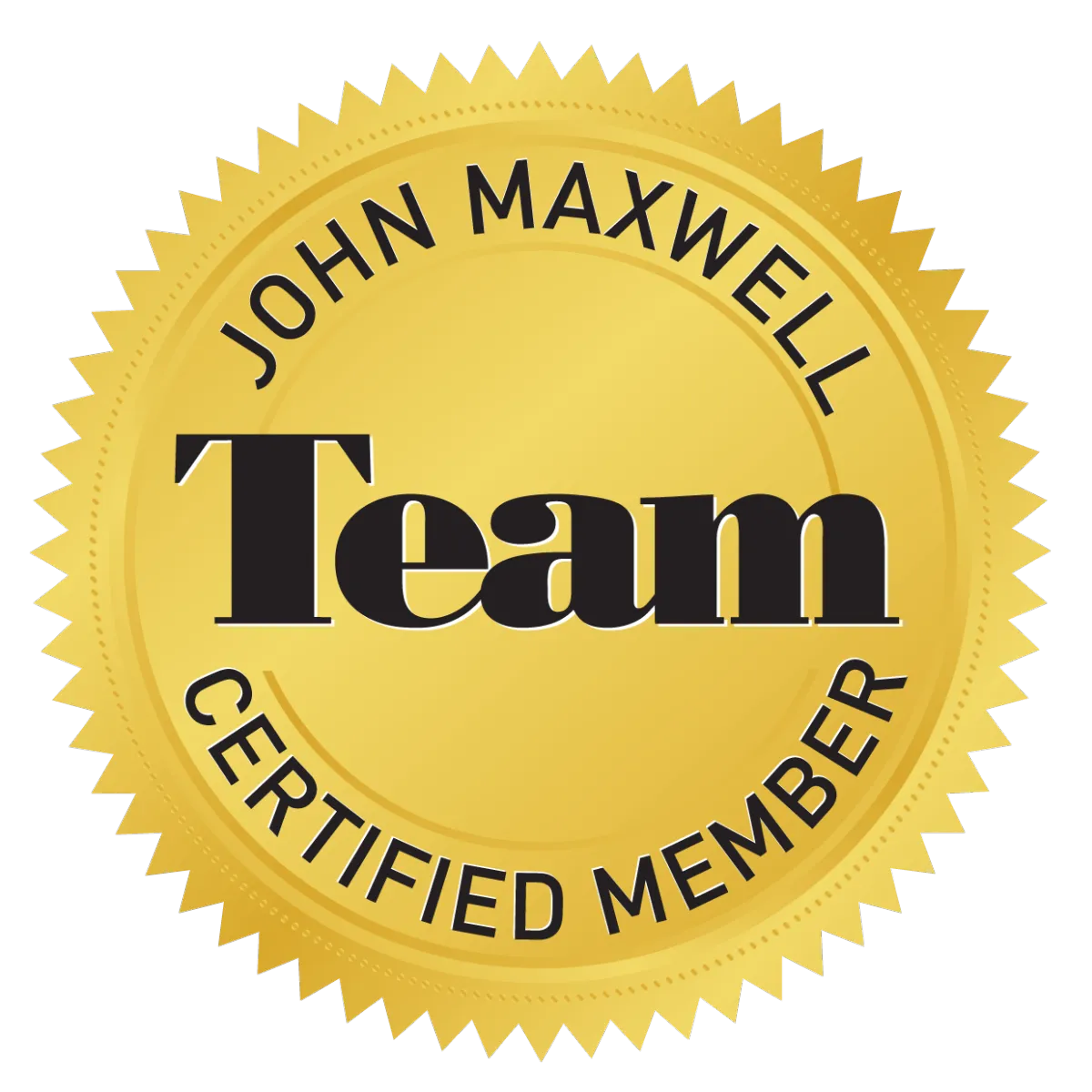

Innovative Marketing Agency
We Design, Build, & Optimize Campaigns
Copyright © 2025 Innovative Marketing Agency LLC

